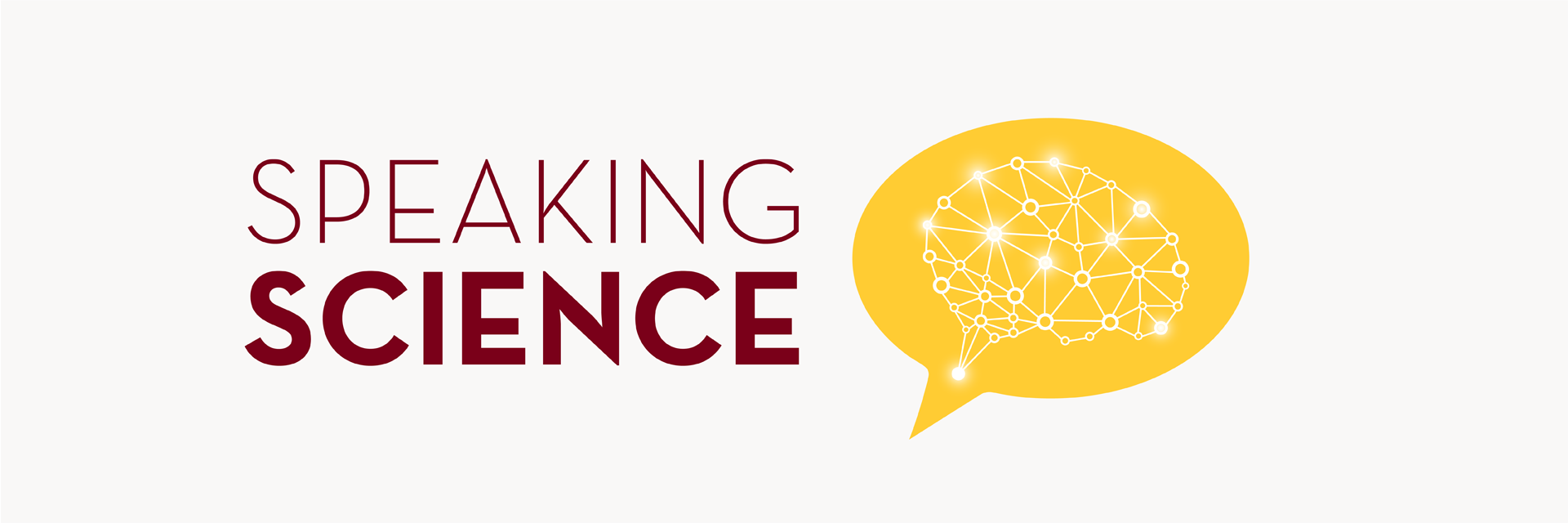
Speaking Science provides University of Minnesota faculty, research staff, post-docs, graduate students, and communications practitioners with unique opportunities to learn how to better communicate science and engage with audiences beyond the academic community. Join us this spring for a thought-provoking keynote with science communication trailblazer Liz Neeley.